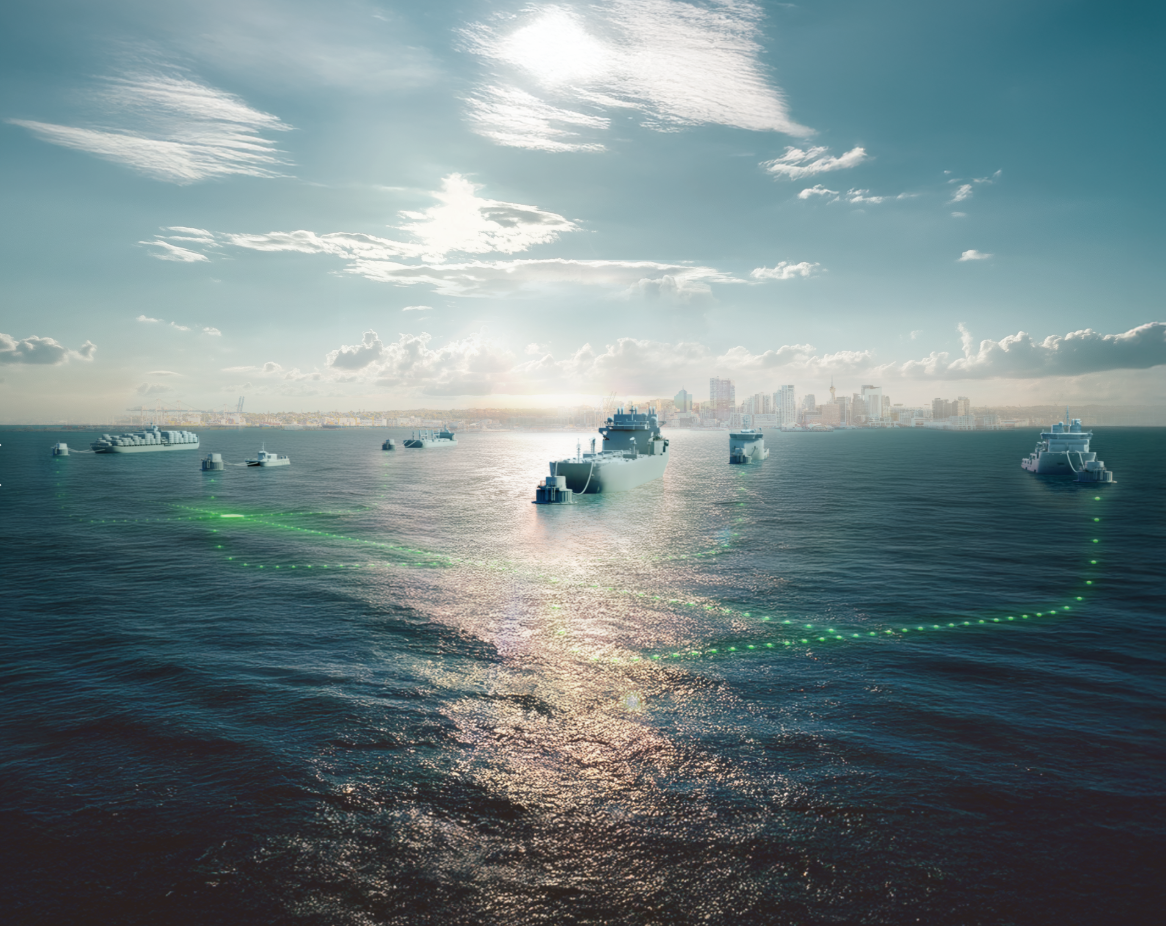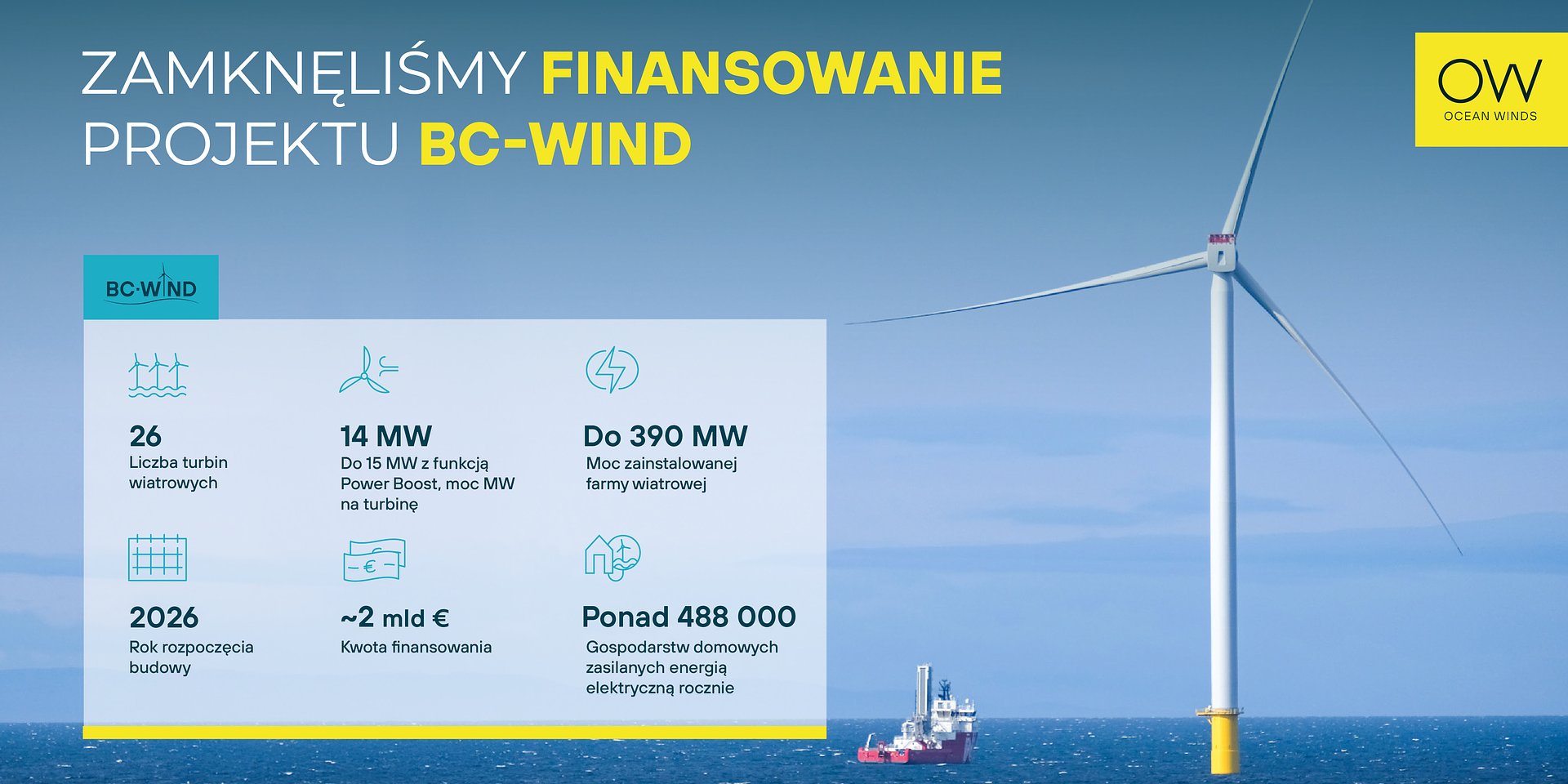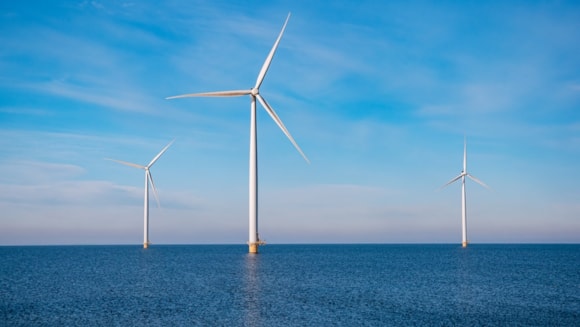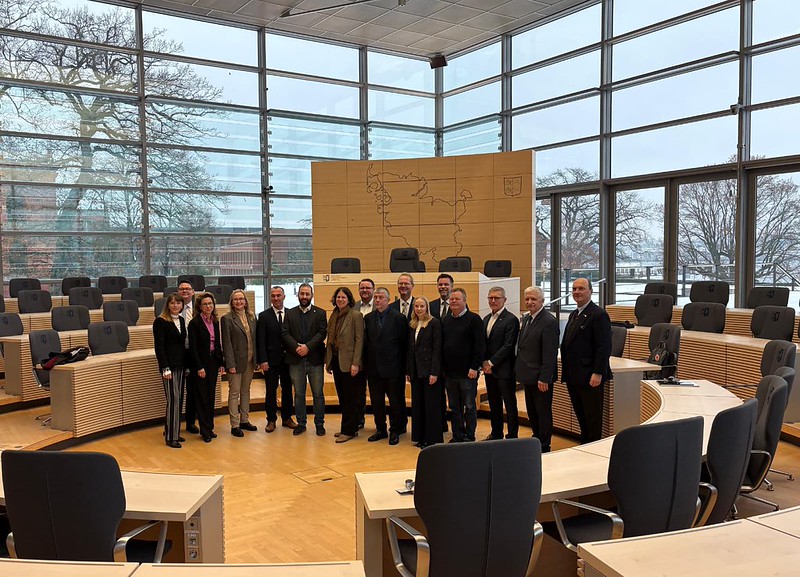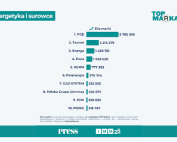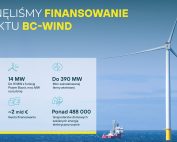Polenergia and Equinor are taking another important step in the development of the Bałtyk 1 offshore wind farm. The companies have signed an agreement for advisory services in terms of design work and obtaining a set of construction permits. Bałtyk 1 is the project of the largest wind farm in the Polish part of the Baltic Sea and at the same time the most advanced project of the so-called second phase of the offshore wind sector development in Poland. The Bałtyk 1 offshore wind farm, with a planned capacity of up to 1560 MW, is being prepared to participate in the auction in 2025.
The Bałtyk 1 project is being developed approximately 81 km from the Polish coast. In order to realise the offshore wind farm, design work and a set of construction permits are required. The contract, which includes consultancy in this regard, was signed by Polenergia and Equinor with a consortium of Ramboll and Projmors. The contract covers the entire Bałtyk 1 project up to ready-to-build status.
– Bałtyk 1 is a project of the largest wind farm in the Polish part of the Baltic Sea. Its implementation means doubling our offshore generating capacity and powering another 2 million households with clean, green energy. Bałtyk 1 is being prepared to participate in an auction, which should take place in 2025. The size of this project shows the huge potential of the Polish sea for renewable energy. It is in the interest of the Polish energy transition and the Polish economy to make maximum use of it – emphasises Jerzy Zan, President of the Management Board of Polenergia S.A.
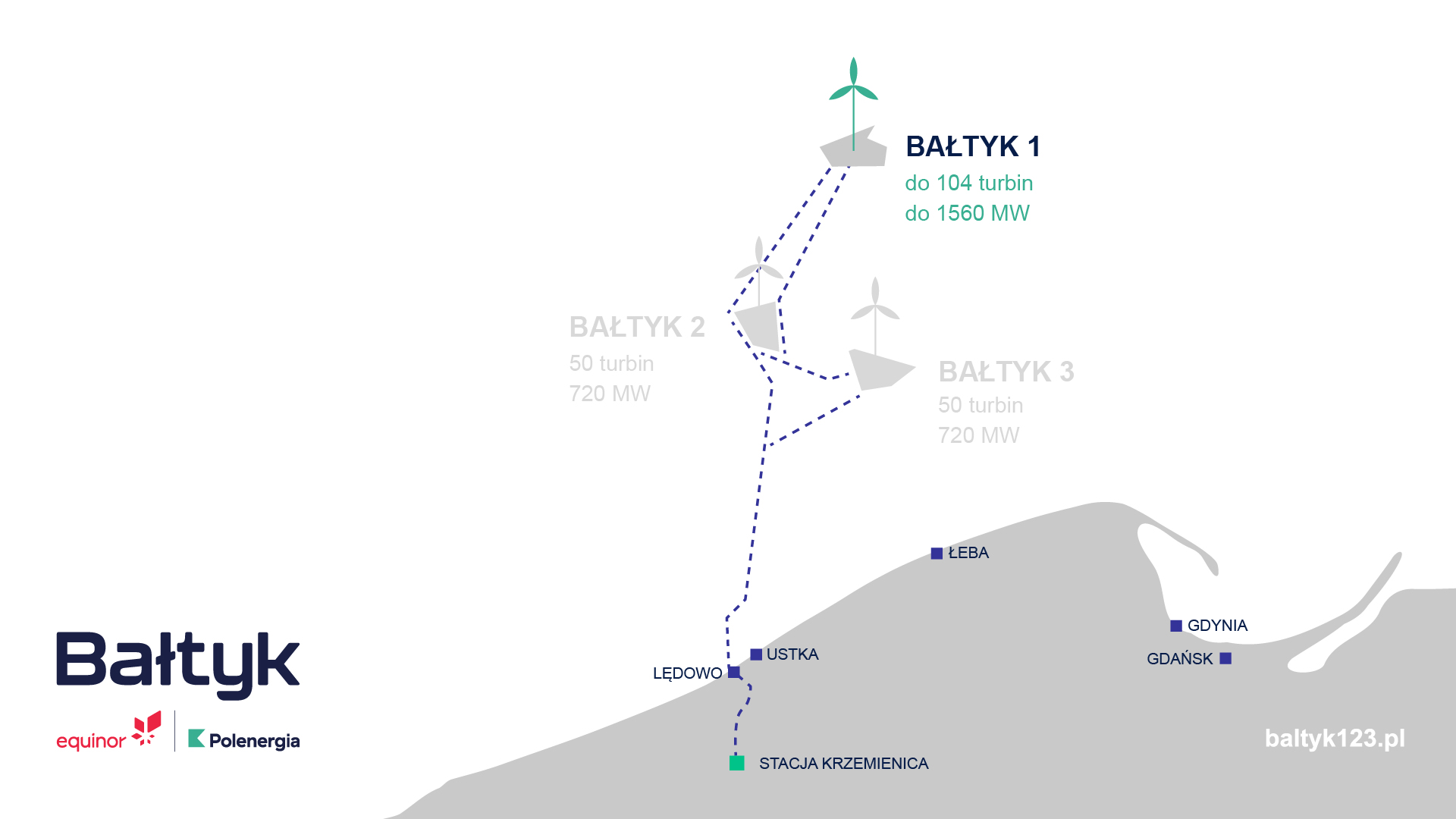
Offshore wind farm Bałtyk 1. Source: Polenergia / Equinor
Ramboll is a global architecture, engineering and consulting company based in Denmark. Projmors is one of the oldest design offices in Poland. It specialises in hydrotechnical design, which includes offshore wind power or industry.
To date, the Bałtyk 1 project, with a planned maximum capacity of up to 1560 MW, has obtained permits for laying and maintaining cables in the offshore section, as well as a grid connection agreement with the transmission system operator.
Electricity from the project developed by Polenergia and Equinor will flow ashore to the connection point at the Krzemienica substation under construction, belonging to Polskie Sieci Elektroenergetyczne (PSE).
– The signing of contracts with a consortium achieving synergies from global experience and Polish specialisation is an excellent example of the positive impact of offshore wind energy projects on the economy. Maintaining Poland’s schedule for offshore development between the first and second phases is key to maintaining continuity in building competence and increasing the competitiveness of the entire industry. The Baltic 1 project, which is not only the largest in the Polish Baltic Sea but also the most advanced in the second phase, offers great opportunities. That is why it is so important that the auction takes place as planned, in 2025 – says Michał Jerzy Kołodziejczyk, CEO of Equinor in Poland.
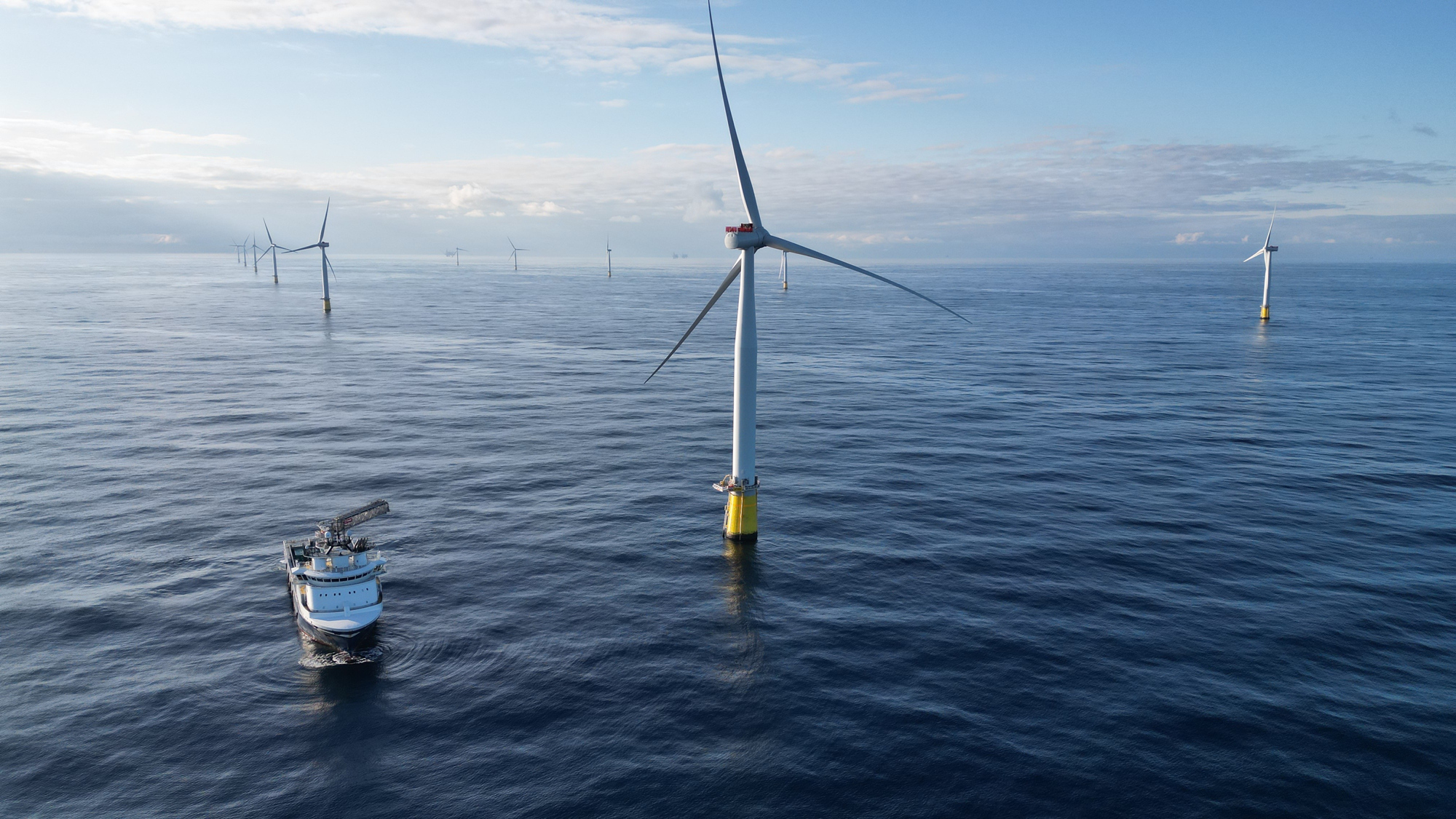
The Hywind Tampen offshore wind farm. Illustrative photo. Source: Equinor / Polenergia Korrektivt vedlikehold på Hywind Tampen, mars 2024.An onshore connection infrastructure corridor of up to 20 km in length will run underground to preserve tourism and landscape values and to minimise the impact on existing land use.
The planned onshore power outfall will be implemented partly (in the northern part of the alignment) in the immediate vicinity of the corridor designated for the Bałtyk 2 and Bałtyk 3 project infrastructures. One landfall location using trenchless technology is foreseen for all three wind farms.
Polenergia and Equinor are jointly developing three wind farms in the Baltic Sea, which will have a total capacity of up to 3,000 MW. This will allow more than 4 million households to be supplied with green energy.
The Bałtyk offshore wind farms are one of the largest infrastructure projects in Poland’s history. The first energy from the two more advanced projects, Bałtyk 2 and Bałtyk 3 with a total capacity of 1440 MW, is expected to flow as early as 2027.
Source: Polenergia



